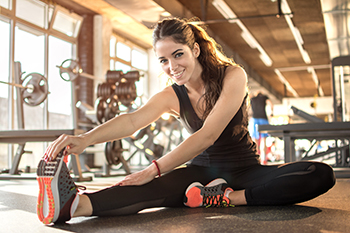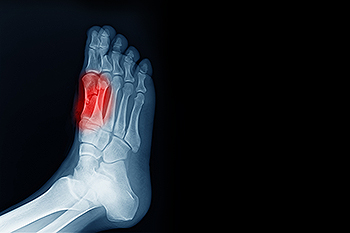
The majority of runners dread incurring an injury that may force them to stop running or jogging. It is often necessary to temporarily stop the activity that led to the injury, which will allow ample time for healing. There are simple and effective methods that can be implemented which may help to prevent running injuries. These can include warming up and cooling down before and after running, which can consist of spending adequate time stretching the leg and foot muscles. It is also important to wear shoes that fit correctly, in addition to slowly increasing speed and mileage appropriately. Drinking plenty of water before, during, and after running can keep the body hydrated, which is crucial for healthy running. Some people enjoy getting routine massages, and this is helpful in keeping the muscles limber. If you would like more information about how to prevent running injuries, it is suggested that you speak with a podiatrist who can offer you helpful tips.
Exercising your feet regularly with the proper foot wear is a great way to prevent injuries. If you have any concerns about your feet, contact one of our podiatrists of Associates in Podiatry. Our doctors will treat your foot and ankle needs.
How to Prevent Running Injuries
Many common running injuries are caused by overuse and overtraining. When the back of the kneecap starts wearing out and starts causing pain in your knee, this is commonly referred to as runner’s knee. Runner’s knee is a decrease in strength in your quadriceps and can occur if you’re not wearing properly fitted or supporting shoes. To prevent runner’s knee, focusing on hip strengthening is a good idea, as well as strengthening your quads to keep the kneecaps aligned.
What Are Some Causes of Running Injuries?
- One cause of a common running injury is called iliotibial band syndrome.
- Plantar fasciitis is also another common injury.
- Stress fractures can occur from overtraining, lack of calcium, or even your running style.
Best Ways to Prevent Running Injuries
- Wear footwear that fits properly and suits your running needs.
- Running shoes are the only protective gear that runners have to safeguard them from injury.
- Make a training schedule. Adding strengthening exercises as well as regular stretching can help keep you strong and limber and can lessen the possibility of injuries.
- Stretching keeps muscles limber; this will help you gain better flexibility.
If you have any questions please feel free to contact our offices located in Pittsburgh-South Hills, and Pittsburgh-Bellevue, PA . We offer the newest diagnostic and treatment technologies for all your foot and ankle needs.




